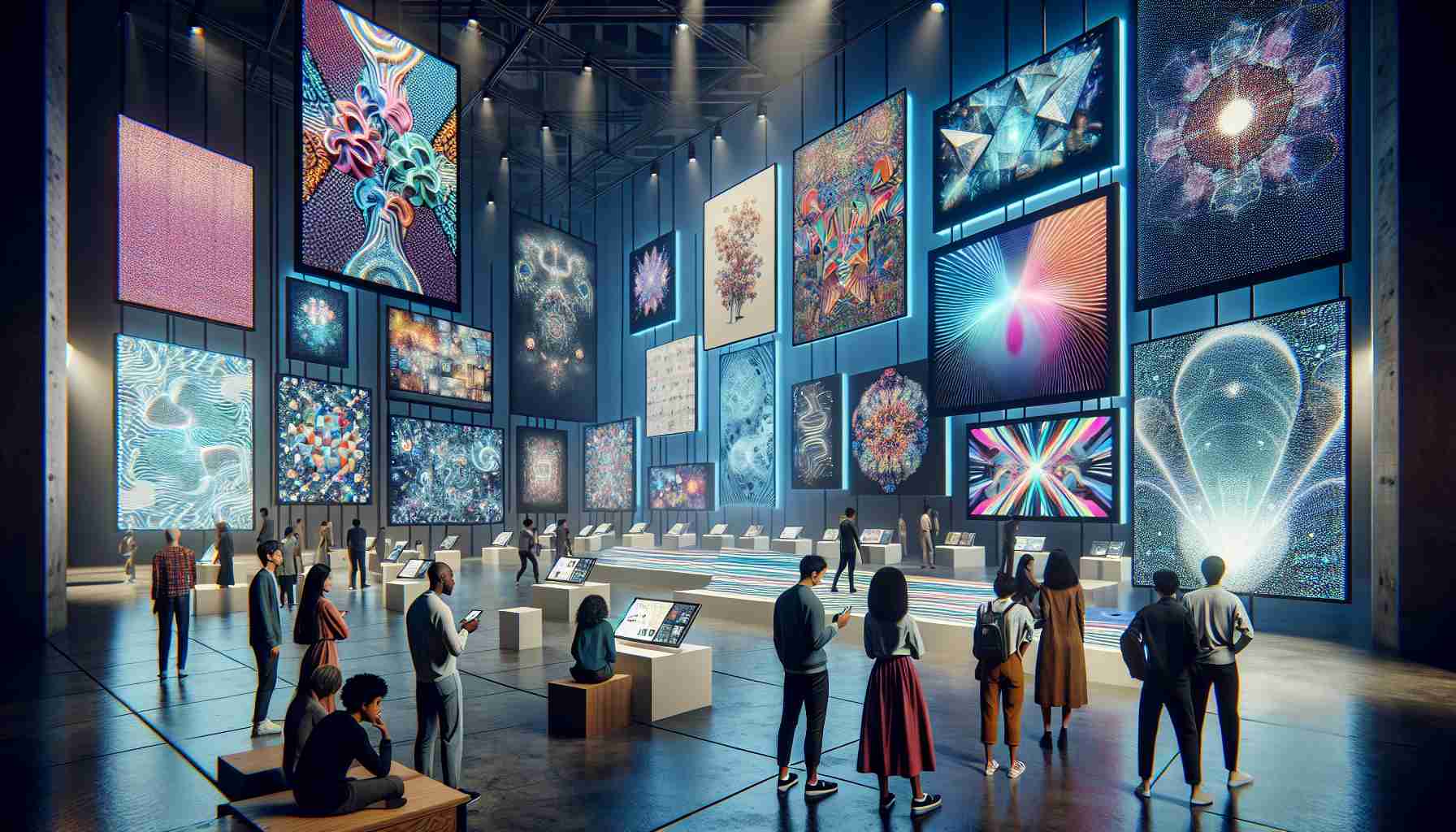Summary: Digital art exhibitions are gaining popularity in the art world as technology continues to advance. This article explores the phenomenon of digital art exhibitions, their significance, and the impact they have on the art community. It also aims to provide insights into the process of organizing and attending these exhibitions.
Introduction: In recent years, digital art has emerged as a prominent and exciting form of artistic expression. With the rise of technological advancements, artists are exploring new ways to create and display their works digitally. This has led to the emergence of digital art exhibitions that showcase these innovative and immersive creations. Unlike traditional art exhibitions, digital art exhibitions offer a unique experience that engages the audience in a dynamic and interactive manner. This article delves into the world of digital art exhibitions, discussing their characteristics, significance, and frequently asked questions.
Characteristics of Digital Art Exhibitions
Digital art exhibitions are characterized by their use of technology and the interactive nature of the artworks. These exhibitions often display works that exist solely in a digital format, such as virtual reality (VR) installations, augmented reality (AR) experiences, or video projections. Artists utilize various multimedia elements, including sound, movement, and visual effects, to create immersive and engaging environments for the viewers. The combination of art and technology in these exhibitions allows for a higher level of creativity, pushing the boundaries of traditional art forms.
Significance of Digital Art Exhibitions
The rise of digital art exhibitions has had a significant impact on the art community and society as a whole. Firstly, digital art exhibitions provide a platform for artists to experiment with new mediums and techniques that would not be possible in traditional exhibitions. This allows for innovative and groundbreaking artworks that challenge the traditional norms of art. Additionally, digital art exhibitions offer a more inclusive experience, making art accessible to a wider audience. Through online platforms or virtual exhibits, people from different geographical locations can engage with and appreciate digital art without the limitations of physical presence. This accessibility fosters greater diversity in the art community and promotes cultural exchange.
Furthermore, digital art exhibitions enable artists to explore socially relevant topics and express their thoughts in unconventional ways. The use of interactive technologies, such as VR or AR, can create impactful and thought-provoking experiences. Artists can engage the viewers on a deeper level, encouraging them to question societal norms or reflect on pressing global issues. This combination of art and technology has the potential to ignite conversations and create new perspectives on contemporary challenges.
Frequently Asked Questions about Digital Art Exhibitions
Q: What types of venues are suitable for digital art exhibitions?
A: Digital art exhibitions can take place in various venues, including galleries, museums, art festivals, or even online platforms. The choice of venue depends on the nature and requirements of the artworks being exhibited.
Q: Can digital art be sold or bought?
A: Yes, digital art can be sold and bought. With the advancement of blockchain technology, artists can create and sell unique digital artworks as non-fungible tokens (NFTs). NFTs provide a way to authenticate and assign ownership to digital art pieces.
Q: How can I attend a digital art exhibition?
A: Digital art exhibitions can be attended both physically and virtually. Physical exhibitions require visiting the designated venue, while virtual exhibitions can be accessed through online platforms or virtual reality experiences.
Q: Are digital art exhibitions replacing traditional exhibitions?
A: Digital art exhibitions are not replacing traditional exhibitions but rather complementing them. Both traditional and digital art exhibitions offer unique experiences and have their respective significance in the art world. They coexist and contribute to the diversity of artistic expressions.
Sources:
The source of the article is from the blog regiozottegem.be
